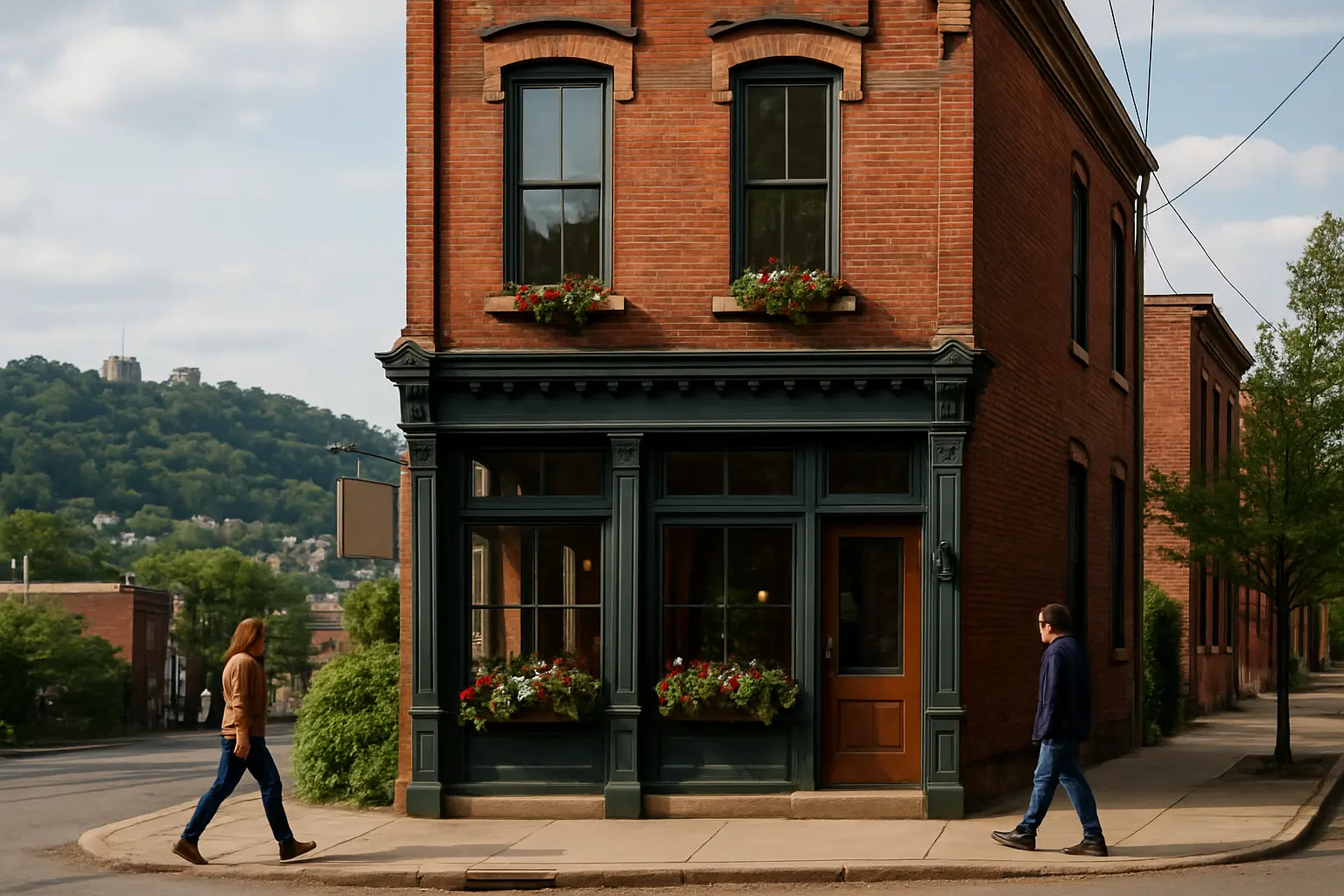Pittsburgh's Hidden Gems: The Charming Neighborhoods That Offer Both Home and Business Opportunities
Discover the dual-purpose properties in Pittsburgh's evolving communities where residential charm meets commercial potential.

Introduction: The Growing Trend of Live-Work Spaces
Pittsburgh's real estate landscape is undergoing a remarkable transformation, with live-work spaces emerging as the new frontier for savvy investors and entrepreneurs. These versatile properties are breathing fresh life into historic neighborhoods, creating unique opportunities for those seeking to combine their professional and personal lives under one roof.
The Rise of Mixed-Use Properties
In Pittsburgh's evolving communities, the concept of mixed-use properties has taken root with impressive results. Neighborhoods like Lawrenceville, East Liberty, and Bloomfield are leading this renaissance, offering compelling examples of successful residential-commercial integration.
Notable Mixed-Use Districts
- Lawrenceville: Known for its artisanal shops with upstairs apartments
- East Liberty: Tech hub meets residential charm
- Bloomfield: Traditional storefronts with modern living spaces
"Pittsburgh's mixed-use properties aren't just buildings; they're incubators for community growth and entrepreneurial success."
Smart Investment Strategies
Understanding the unique advantages of dual-purpose properties requires a strategic approach to investment. These properties offer multiple revenue streams and increased property value potential, making them particularly attractive in Pittsburgh's current market.
Key Investment Considerations
- Zoning regulations and permitted uses
- Renovation costs and potential returns
- Market demand for commercial spaces
- Residential rental potential
Financial Benefits
Investors in Pittsburgh's dual-purpose properties can benefit from:
- Commercial lease income
- Residential rental revenue
- Property value appreciation
- Tax advantages for mixed-use properties
Identifying Prime Opportunities
Success in Pittsburgh's mixed-use property market depends on recognizing promising locations and understanding market trends. Look for neighborhoods with:
- Growing foot traffic
- Improving infrastructure
- Strong community engagement
- Proximity to amenities and transportation
Conclusion
Pittsburgh's dual-purpose properties represent a unique opportunity in today's real estate market. By carefully evaluating locations, understanding market dynamics, and implementing smart investment strategies, investors can capitalize on these versatile properties for long-term success.
Key Takeaway: The fusion of residential and commercial spaces in Pittsburgh's historic neighborhoods isn't just a trend—it's a sustainable model for future urban development and investment.


